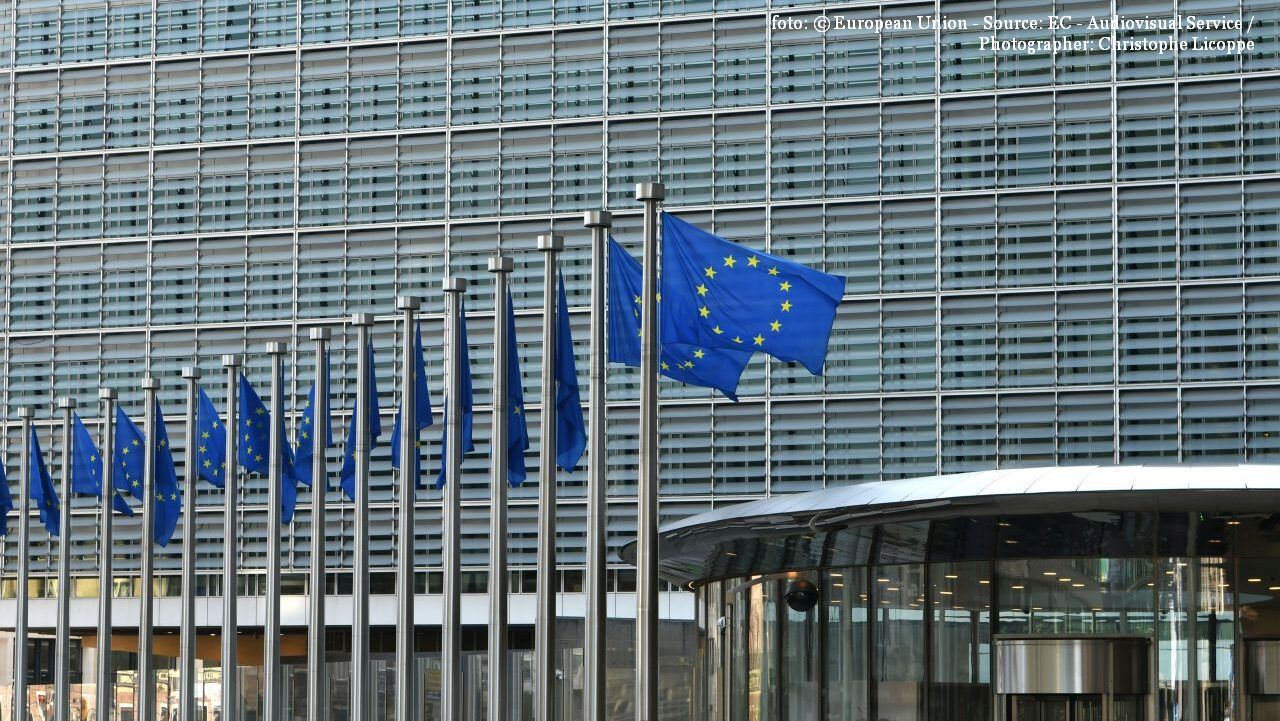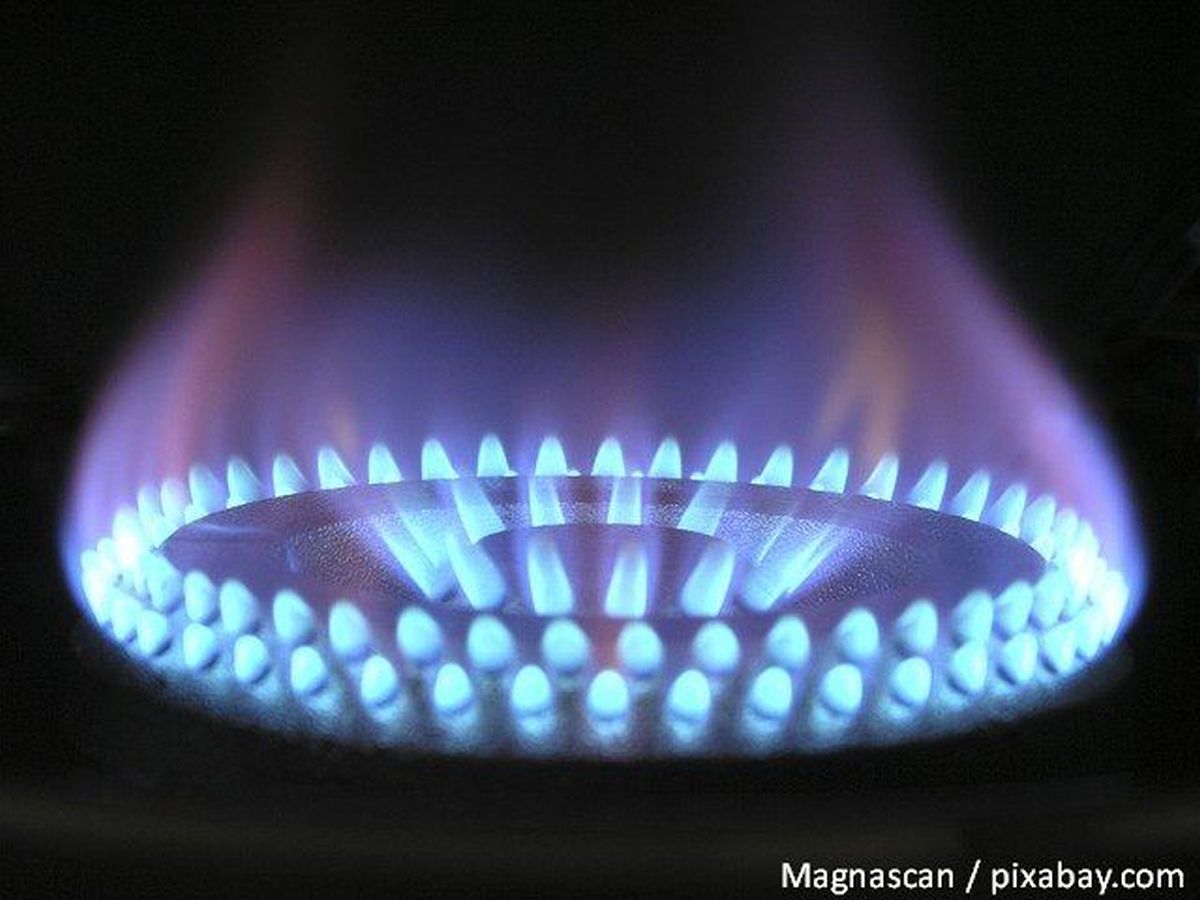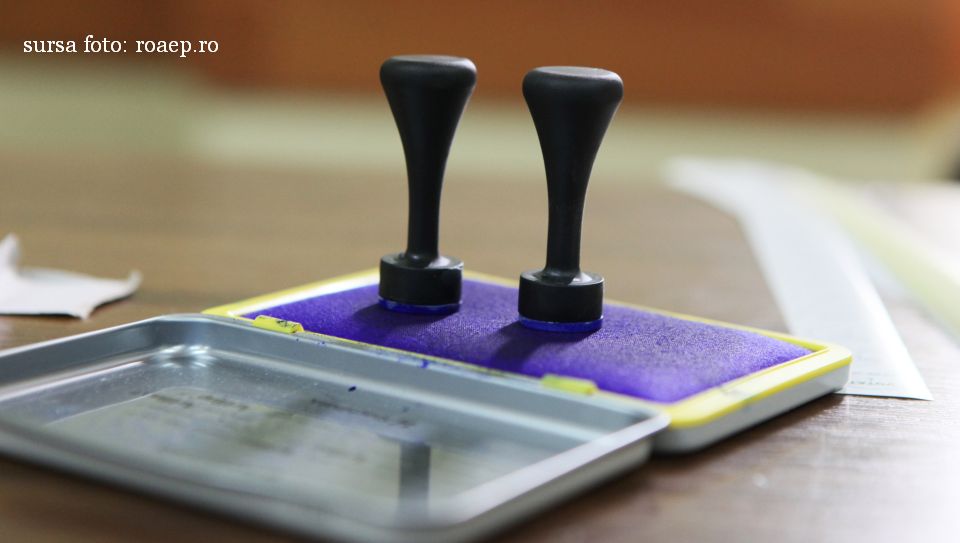National Bank report on economy
The performance of Romania's economy is closer to its true potential, and inflation will get within the targeted range

Leyla Cheamil, 11.12.2018, 13:04
The National Bank of Romania will
meet its 2 goals for this year, namely price stability and financial stability,
the central bank governor Mugur Isarescu said on Monday, when he presented a
Report on Financial Stability. He explained that the consumer price index would
get within the 2.5% range forecast by the National Bank.
On the other hand, Mugur Isarescu
said that the switch to the euro is a major goal, which may act as a catalyst
of positive changes in the country. The National Bank official added that the
GDP gap between Romania and other EU member countries has narrowed
considerably. Thus, the purchasing power parity GDP per capita has increased
from 40% of the EU average in 2007 to over 60%. But, according to Mugur
Isarescu, although Romania has made some progress, it still has a long way to
go to a smooth integration in the circuit of European values:
Nearly 12 years since Romania
joined the European Union, the progress made by the Romanian society is utterly
remarkable. It is the fastest real convergence pace among the newer EU member
states. This is a remarkable performance, but it must carry on at the same high
pace, which requires more precision and also superior quality in public
administration in general. We need a lot of things, substantial investments in
infrastructure, and adoption of the high standards of administrative practice
that are at work in the other EU countries.
In turn, the deputy governor of the
central bank, Liviu Voinea, said the main positive occurrence is the lower risk
of economy overheating. He added that the inflation rate is returning to the
target range, and estimated that it will reach 3.5% by year end and 2.9% in
2019. At the same time, government debt has dropped by 1% compared to the end
of 2017, to 34.1% of the GDP at the end of June this year, against the backdrop
of solid economic growth, and remains under the critical threshold for the
European Commission’s monitoring procedure, which is 60% of GDP.
According to the same report, the
unemployment rate stays on a downward course, reaching 4.2% in the 3rd
quarter of this year, while the employment rate has followed the same positive
trend of the previous period, going up to 70% in the second quarter of 2018.
The banking sector remains healthy. The report also mentions some weaknesses of
the Romanian economy, including the demographic decline.






























